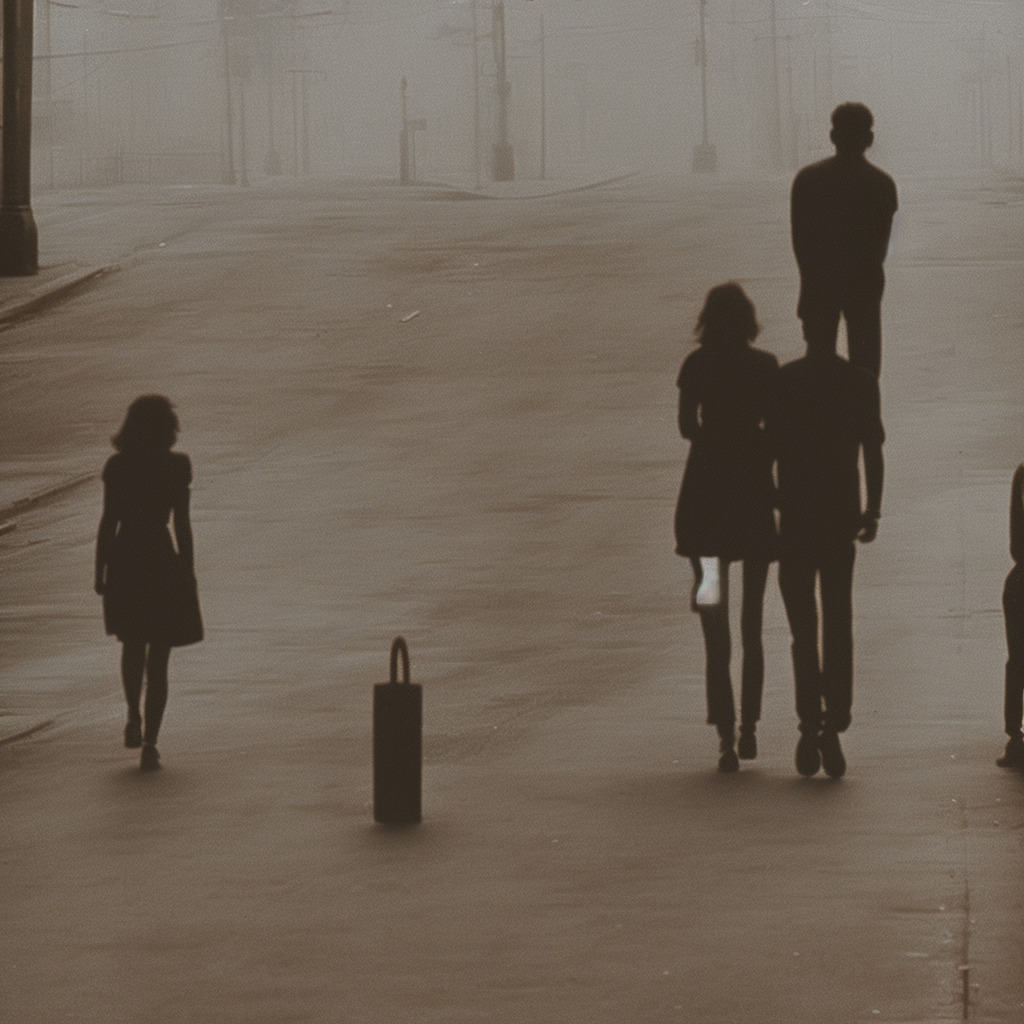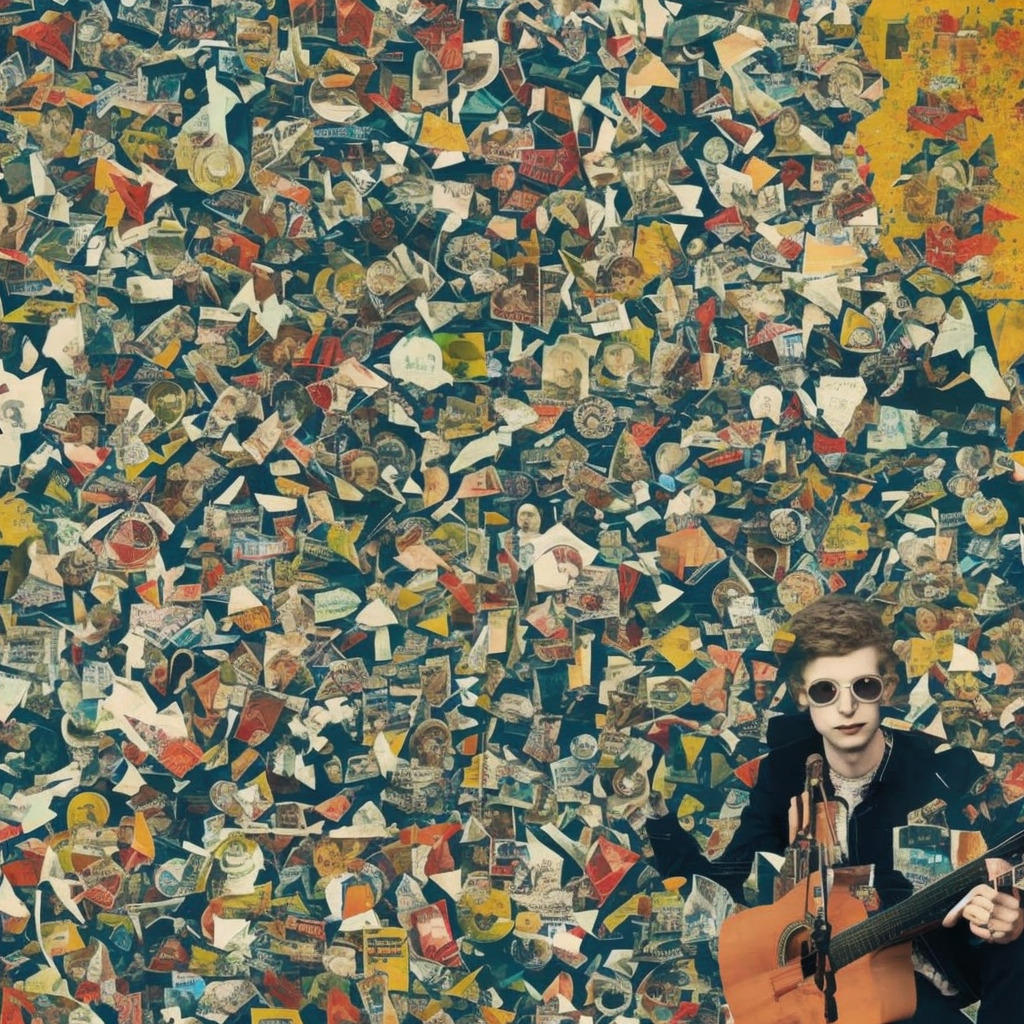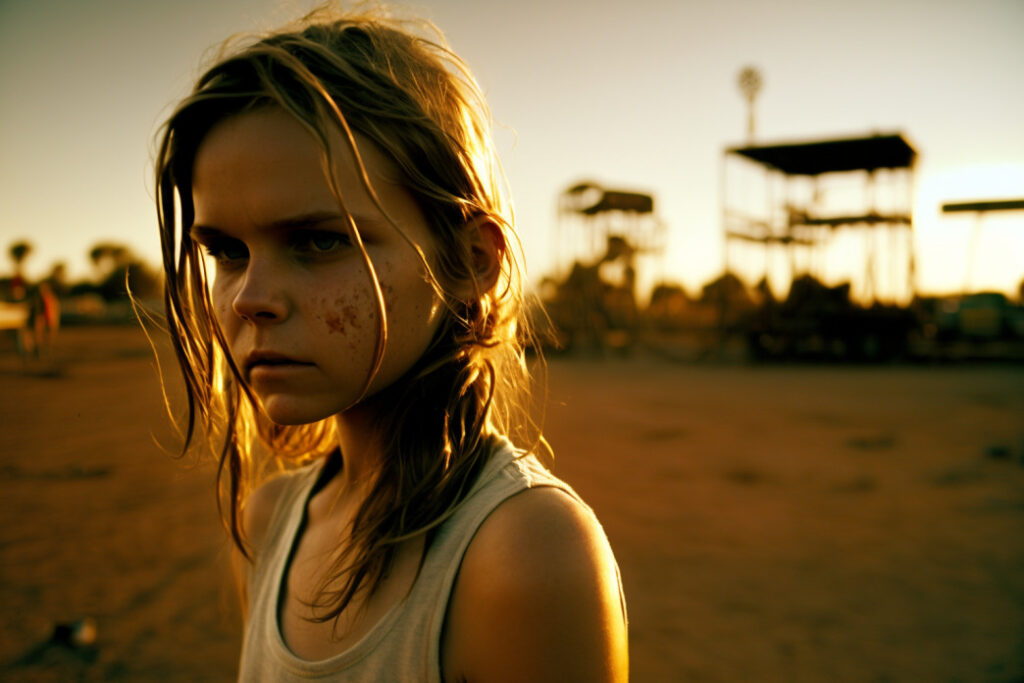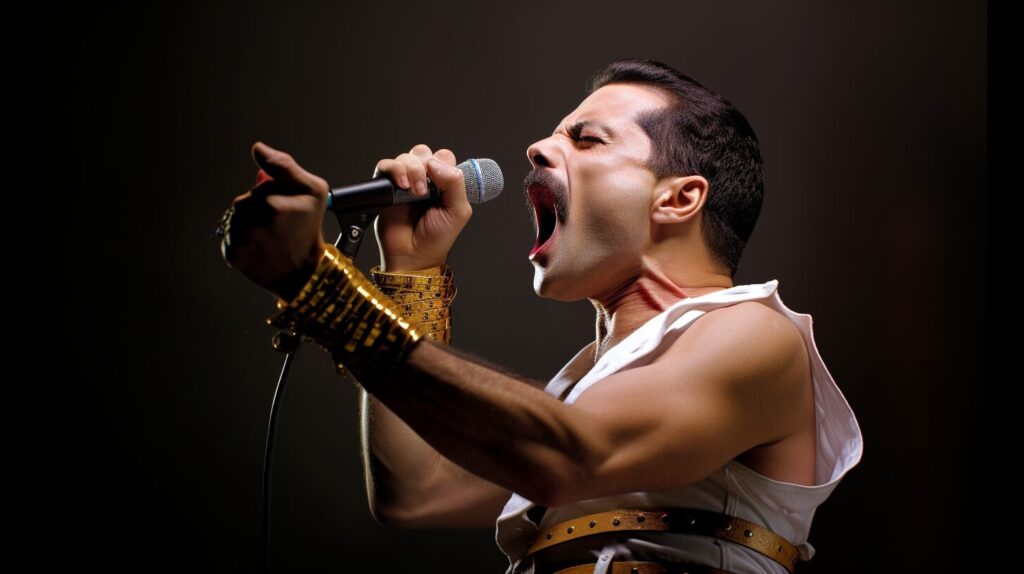A Dive into the Ethereal World of Sigur Rós: Hoppípolla
Sigur Rós, hailing from Iceland, is a post-rock band known for their ethereal soundscapes and mesmerizing live performances. Formed in 1994, the band has gone through several lineup changes, with frontman Jónsi Birgisson on vocals and guitar, Georg Hólm on bass, and Kjartan Sveinsson on keyboards (who left the band in 2013). Their unique sound, often featuring bowed guitar, falsetto vocals, and elements of minimalism and classical music, has earned them a devoted fan base and critical acclaim worldwide.
Their 2005 song “Hoppípolla” from the album “Takk…” is a perfect example of the band’s signature sound. With its delicate piano intro that builds into an orchestral crescendo, the track has been featured in numerous TV shows, movies, and commercials. It’s undoubtedly one of Sigur Rós’ most popular and beloved songs. Despite facing criticism for their lyrics, which are often in a constructed language called Hopelandic or their native Icelandic, Sigur Rós has received several awards, including the 2001 Icelandic Music Award for Best Album and a 2013 Echo Award for Best International Rock/Pop Group. Their emotional and atmospheric sound continues to captivate audiences and inspire fellow musicians alike.
Delving Deeper into the Lyrics of “Hoppípolla”
Sigur Rós, being an Icelandic band, often incorporates their native language, Icelandic, and a constructed language called Vonlenska (also known as Hopelandic) in their songs. “Hoppípolla” is no exception to this, blending the two languages into a seamless experience for the listener. As requested, let’s take a closer look at the lyrics of this iconic song:
Hoppa í polla
Alltaf hoppa (ég brýst)
Hoppa í polla
Tjú, tjú, tjú, tjú, tjú, tjú
Tjú, tjú, tjú, tá
Engill alheimsins
Opið fyrr og aftur aftur
Komdu aftur njósnari
Hoppípolla
What is fascinating about “Hoppípolla” is that its lyrics appear to be abstract and open to interpretation. However, it’s widely believed that the song is about the simple joy of jumping in puddles and reliving one’s childhood innocence. “Hoppípolla” translates to “jumping into puddles” in Icelandic, and the song’s music video reinforces this theme of childlike playfulness.
Considering the song’s release in 2005, the world was experiencing various significant events, such as the rise of social media, Hurricane Katrina, and the ongoing war in Iraq. Amidst these turbulent times, “Hoppípolla” provided an escape into a more innocent and carefree mindset, reminding listeners of the simple pleasures of life. The evocative melody and atmospheric soundscapes, combined with the poetic lyrics, create a sense of nostalgia and an ethereal feeling that resonates with audiences worldwide.
Although the lyrics may not directly address any specific events or social issues, they undoubtedly capture the spirit of the era – a longing for simpler times and a reminder to appreciate the small joys in life. “Hoppípolla” serves as a testament to the power of music and its ability to transport listeners to a different time and place, transcending language barriers and uniting people in shared emotion.
Hoppípolla’s Accolades and Appearances in Pop Culture
Hoppípolla, released in 2005, has received widespread critical acclaim for its ethereal and uplifting sound throughout the years. Although the song itself did not win any specific awards, it played a significant role in Sigur Rós’ album “Takk…”, which was nominated for the 2006 Shortlist Music Prize. Additionally, the song’s instrumental version, untitled #6 or “Hljómalind,” has been recognized in various “best of” lists, such as Rolling Stone’s “The 100 Best Songs of the 2000s.”
Hoppípolla’s transcendent sound has made it a popular choice for various film, television, and video game soundtracks. Notably, the song was featured in the BBC nature documentary series “Planet Earth,” the 2006 movie “Children of Men,” and the trailer for the 2011 film “We Bought a Zoo.” It has also made its way into television shows like “CSI: Miami,” “Doctor Who,” and “24,” as well as video games such as “Prince of Persia: The Two Thrones” and “Assassin’s Creed: Revelations.” Various cover versions of Hoppípolla have also been created over time, including renditions by Vitamin String Quartet, We Are Scientists, and Scala & Kolacny Brothers. These covers showcase the song’s versatility and staying power in the music world, proving that Hoppípolla’s magic continues to enchant listeners across a wide range of genres and contexts.
Charting the Highs and Lows of “Hoppípolla”
In terms of chart success, “Hoppípolla” by Sigur Rós has had a rather interesting journey since its release on November 28, 2005. The song is a standout track from the band’s fourth studio album, “Takk…”, which itself received widespread acclaim and commercial success.
Initially, “Hoppípolla” did not make a huge impact on the charts. Upon release, the single debuted at number 24 on the UK Singles Chart, which would not be considered a chart-topping success. However, the song’s true strength was its longevity and ability to resonate with listeners over the years.
In fact, due to its persistent popularity, “Hoppípolla” re-entered the UK Singles Chart multiple times, an impressive feat for any song. One of these instances occurred in 2010 when the song peaked at number 14, five years after its initial release. This was largely due to its usage in various television programs, commercials, and even sporting event broadcasts (like the BBC’s coverage of the 2006 FIFA World Cup), exposing the track to new audiences and cementing its place as a beloved modern classic.
Another interesting chart-related trivia is that “Hoppípolla” has enjoyed success on other charts as well, such as the UK Indie Chart where it reached number 1 in 2005, and the Scottish Singles Chart where it reached number 13 in 2006. While these charts may be more niche, it is worth noting that the song’s appeal has spanned across different audiences and regions.
In conclusion, while not a chart-topping success in the traditional sense, the enduring popularity and resilience of “Hoppípolla” has granted it a unique place in the realm of music chart trivia. Its multiple re-entries on the charts and success on niche charts are a testament to the song’s ability to captivate listeners and leave a lasting impression, making it a true gem in Sigur Rós’s catalog.
Hoppípolla’s Heartwarming Music Video: A Dive into Pure Nostalgia
The music video for “Hoppípolla” by Sigur Rós is a beautiful and heartwarming representation of the song’s essence, capturing the joy and simplicity of childhood memories, and it has become an iconic piece of visual art that complements the band’s ethereal sound.
Directed by Arni & Kinski, the Icelandic directing duo who have collaborated with Sigur Rós on several occasions, the music video for “Hoppípolla” takes a unique approach to storytelling. Filmed in the suburbs of Reykjavik, Iceland, the video follows a group of elderly individuals as they embark on a nostalgic adventure, reliving the innocent pleasures of their youth.
The concept behind the music video was inspired by the song’s title, which translates to ‘hopping into puddles.’ This idea is incorporated throughout the video, as the elderly characters gleefully jump into puddles, embracing their inner child. The combination of the nostalgic atmosphere and the alluring visuals brings forth a sense of longing and wonder that perfectly accompanies the enchanting melodies of Sigur Rós.
The production of the “Hoppípolla” music video relied heavily on the use of natural light, adding to the video’s dreamy and nostalgic aesthetic. This artistic choice gives the video an organic feel, making it appear as if it were filmed on a super 8 camera, a popular format for family movies in the past.
While the budget for this music video was not disclosed, it’s evident that the focus was on capturing raw emotion and simplicity, rather than relying on high-end production techniques. This aligns well with Sigur Rós’s artistic approach, as their music often evokes a sense of serenity and natural beauty.
Since its release in 2005, the “Hoppípolla” music video has garnered significant acclaim and attention for its touching portrayal of the joy and innocence of childhood. It continues to resonate with viewers and serves as a timeless tribute to the power of music in evoking the deepest of emotions.
The Musical Mastermind: Jónsi Birgisson
Diving into the creative genius behind “Hoppípolla,” it’s imperative to acknowledge the lead vocalist and guitarist of Sigur Rós, Jónsi Birgisson. Jónsi’s ethereal falsetto and innovative use of bowed guitar have been fundamental in forging the band’s unique soundscapes. Apart from “Hoppípolla,” Jónsi has played a crucial role in composing other Sigur Rós masterpieces such as “Svefn-g-englar,” “Starálfur,” and “Untitled #8 (Popplagið).” It doesn’t stop there – Jónsi has also embarked on his own solo career, releasing his debut album “Go” in 2010, which showcased his eclectic artistry with songs like “Tornado” and “Animal Arithmetic.” Furthermore, his collaboration with partner Alex Somers on the album “Riceboy Sleeps” further illustrates his keen sense for crafting emotionally captivating music. With his boundless creativity, Jónsi Birgisson continues to leave an indelible mark on the realm of post-rock and beyond.
A Deeper Dive into Hoppípolla’s Musicality
Hoppípolla, one of Sigur Rós’s most beloved tracks, showcases an intricate and compelling blend of musical elements that has captivated listeners for years. The song is written in the key of B Major and follows a simple chord progression consisting of I-IV-V (B-E-F#) throughout most of its duration, with slight variations and inversions added for texture. This relatively straightforward structure provides a solid foundation for the band to build upon with their signature ethereal soundscapes and soaring melodies. The tempo of Hoppípolla is a gentle 74 BPM, which lends itself well to the dreamy, introspective atmosphere that it evokes.
Beyond the basic structure, Hoppípolla demonstrates the band’s aptitude for layering and blending various musical elements to create a rich and immersive listening experience. The song begins with a delicate piano motif, which is soon joined by a glockenspiel, adding a touch of sparkle to the melody. As the track progresses, additional instruments such as strings, bass, and drums are gradually introduced, each contributing to the song’s growing sense of momentum and intensity. The climactic moment arrives with the entrance of Jónsi’s haunting falsetto vocals, singing the memorable and enigmatic refrain “Hoppípolla.” The song’s arrangement is further enhanced by the use of bowed guitar, a technique that has become synonymous with Sigur Rós’s sound, creating an otherworldly texture that resonates throughout the track. This masterful interplay of musical components results in a piece that is both captivating and unforgettable, solidifying Hoppípolla’s place as a standout track in Sigur Rós’s discography.
🎶 Dive into the ethereal world of #SigurRós with “Hoppípolla”! 🌊 Did you know the title means “jumping into puddles” in Icelandic? 💦 A poetic reminder to find joy in life’s simple moments. 🌈 #Hoppípolla #MusicTrivia #IndieVibes
Click to Tweet







